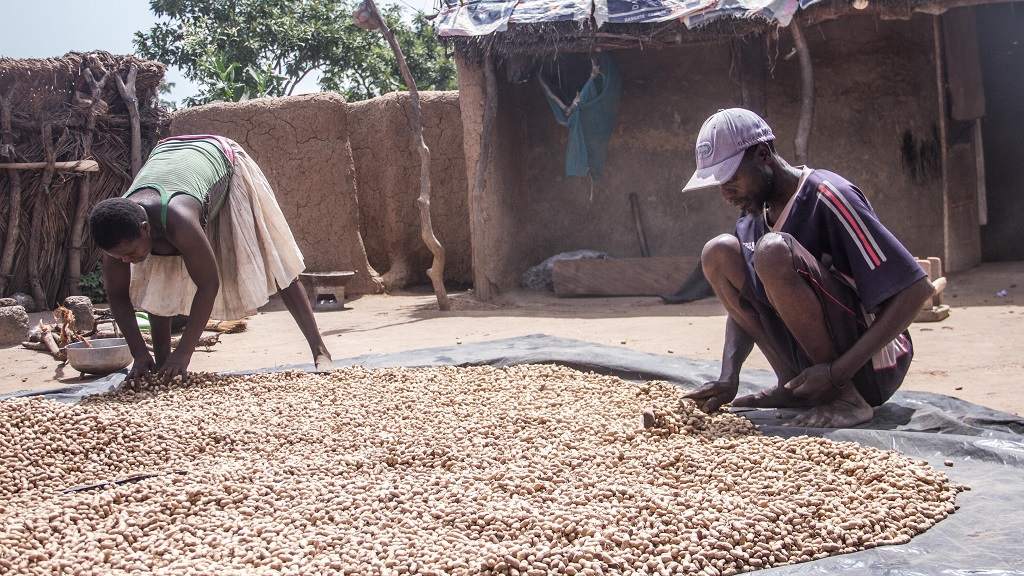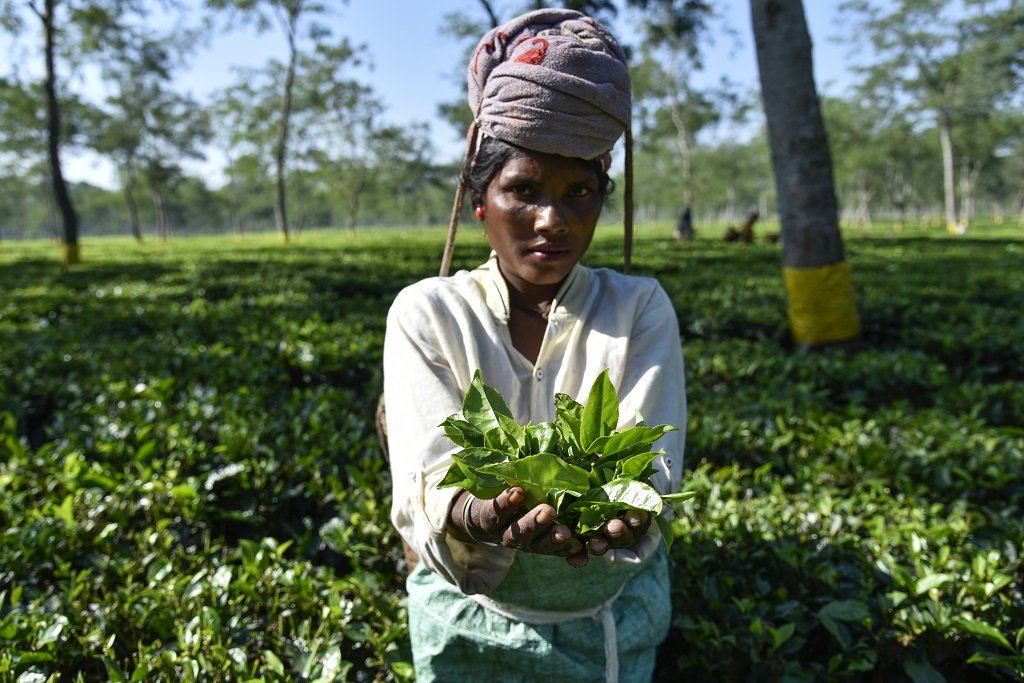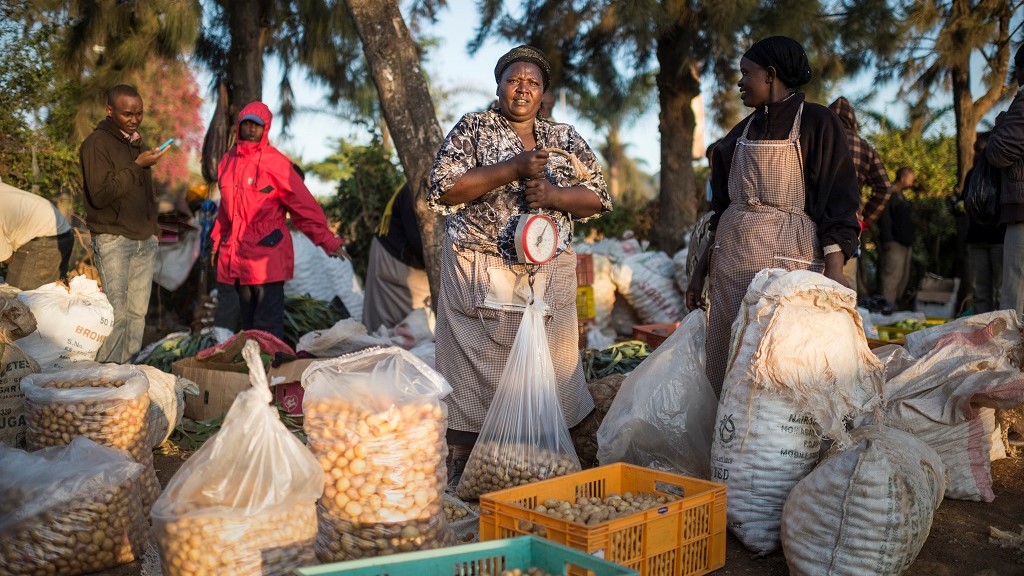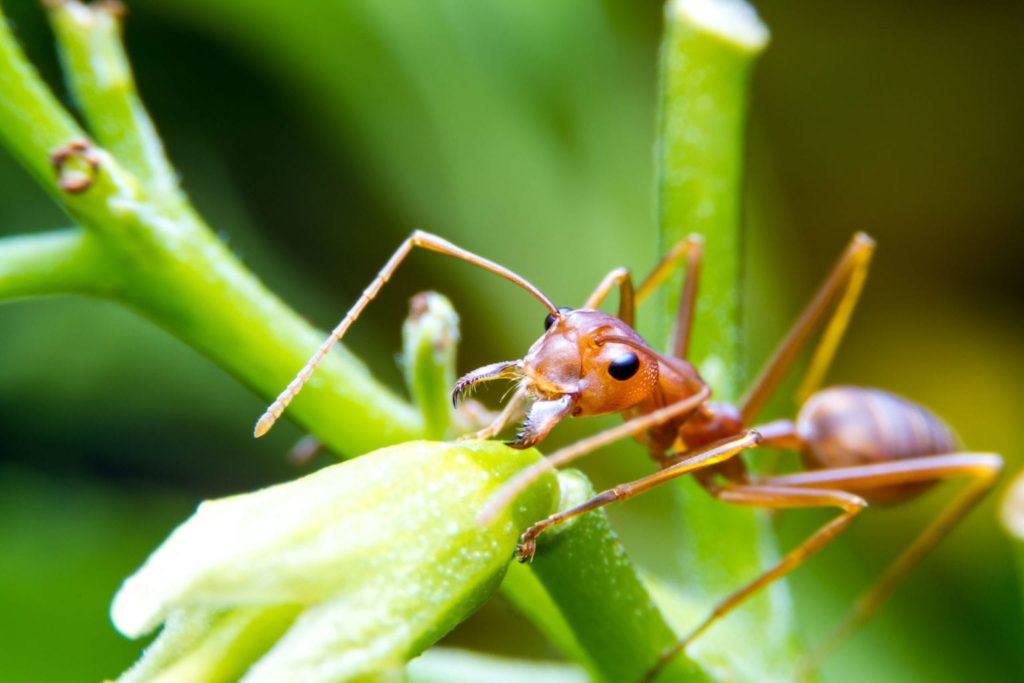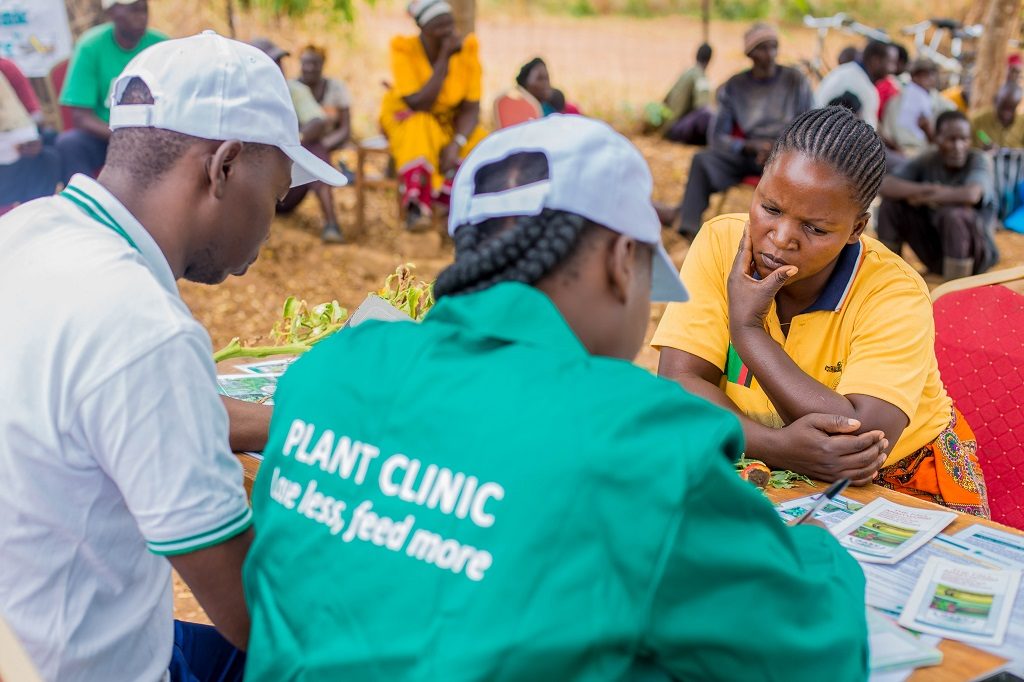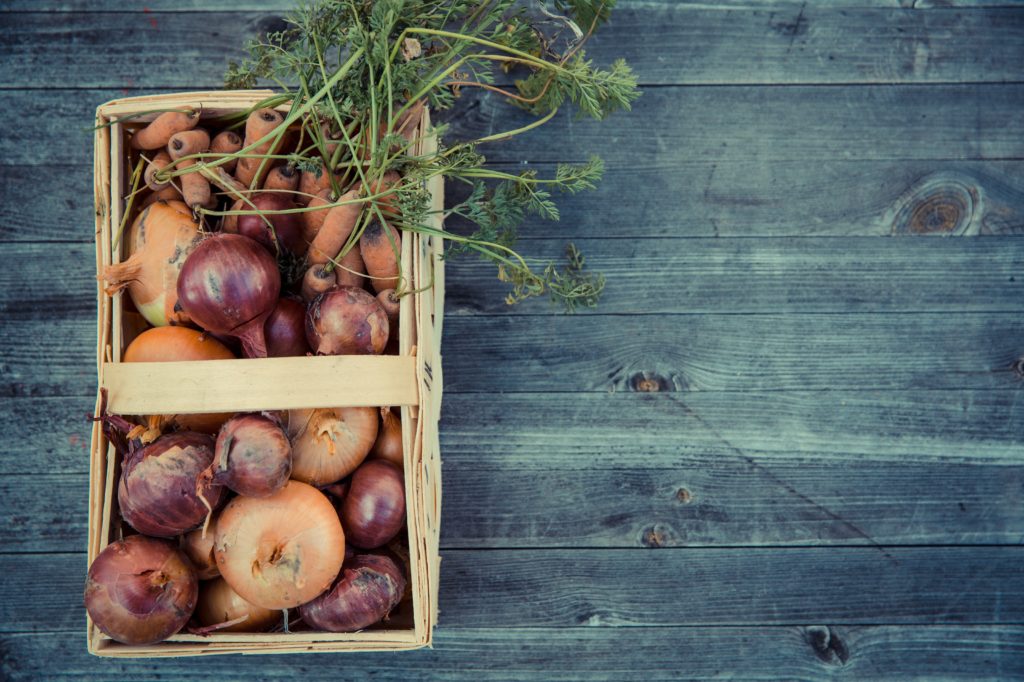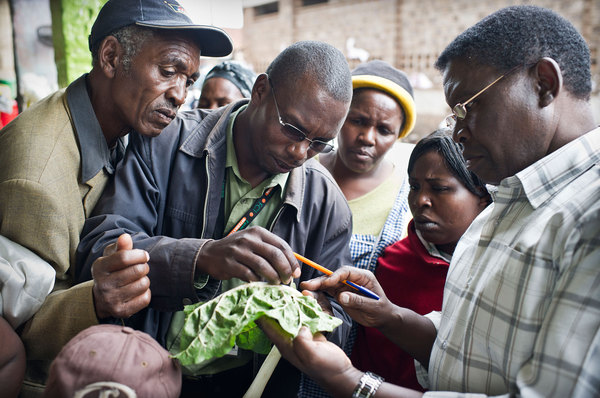How does better food processing support food security?
How can better food systems protect food security? We talk to CABI’s food safety scientist, Sydney Phiri, in a Q&A Scientist Sydney Phiri joined CABI in 2022 to focus on sanitary and phytosanitary (SPS) issues and food safety. He has a well-established career and has worked on a range of food safety and hygiene issues,…
Pesticides in tea: How can we manage tea pests more naturally, avoiding harmful chemicals?
On International Tea Day, we look at how we can reduce pesticides in tea. Tea is the second most widely consumed beverage in the world, after water. It’s estimated that people drink around three billion cups every day. But tea plantations are under threat from pests, and farmers must find effective ways to stop them.…
The continuing struggle for onion farmers in the Philippines
Since mid-2022, the price of the humble red onion has been increasing in the Philippines. In December of last year, the price surged to around 700 pesos ($12.80; £10.40) per kilogram. Making onions more expensive than the equivalent amount of beef for Filipinos. A staple of Philippine cooking, the country consumes approximately 17,000 metric tons…
What’s on the horizon?
Pests do not recognise borders. With the increased movement of people and goods, comes the increased risk of pests moving from one geographic area to another. For this reason, it is important to identify and categorize species that are likely to enter a particular geographic area from another geographic area. CABI’s Horizon Scanning Tool (HST)…
Plantwise 10 year sustainability report published by CABI
Over the last ten years, the global Plantwise programme has helped farmers lose less of what they grow to plant health problems. CABI’s newly published report, Sustainability of Plantwise: an assessment after 10 years of the programme, examines the programme’s sustainability and how Plantwise can contribute to lasting change.
PRISE project supporting Plant Doctor training in Malawi
In early December 2019, the Pest Risk Information Service (PRISE) project ran a series of workshops across Malawi to engage with Plantwise Plant Doctors on new pest risk forecast bulletins as well as to provide pest identification training to all Plantwise extension workers.
Reducing post-harvest losses without the use of chemical treatments
From recent FAO studies, it has been found that over half of the world’s fruit and vegetables are lost due to post-harvest storage losses as a result of pests, diseases and incorrect storage conditions. In a climate where food consumption is at its highest, with many regions of the world suffering from a lack of…
IPPC: Why is pest risk analysis important? [Video]
Experts in pest risk analysis from around the world give their views on why risk analysis is important for trade and protection of domestic agriculture. Video from the IPPC.
Pests of the forest are spreading
Much is covered in the news about deforestation by humans, but less is widely known about the damage done to forests by pests and diseases. The Food and Agriculture Organization (FAO) produces an assessment of the world’s forest resources every five years. Their last report highlighted the effect that climate change will have on forests…

